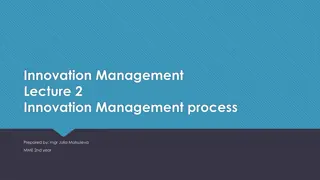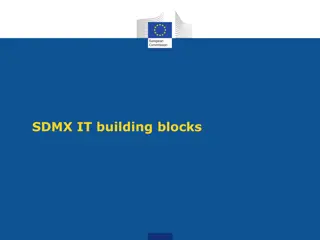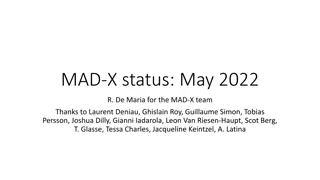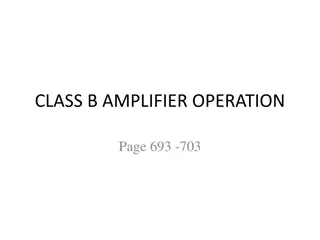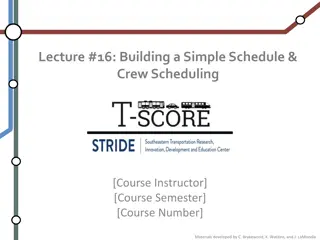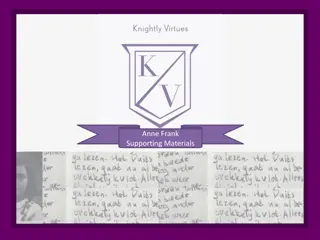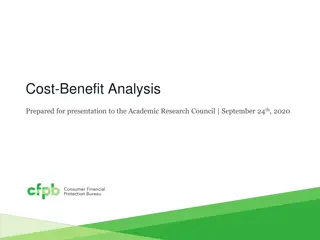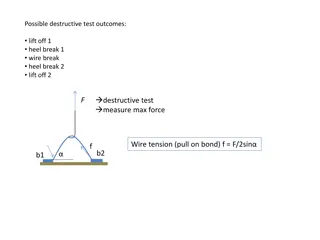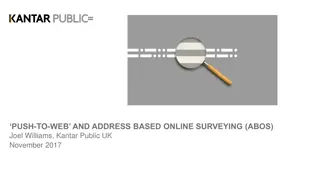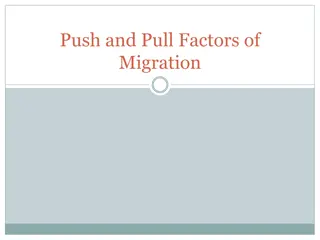
Embracing Inclusive Excellence in Education
Explore the concept of Inclusive Excellence in education as a transformative approach that values diversity, engages all members of the community, and creates a safe, accountable environment. Learn about key dimensions, pedagogical strategies, and intervention techniques to foster inclusivity in classrooms.
Download Presentation

Please find below an Image/Link to download the presentation.
The content on the website is provided AS IS for your information and personal use only. It may not be sold, licensed, or shared on other websites without obtaining consent from the author. If you encounter any issues during the download, it is possible that the publisher has removed the file from their server.
You are allowed to download the files provided on this website for personal or commercial use, subject to the condition that they are used lawfully. All files are the property of their respective owners.
The content on the website is provided AS IS for your information and personal use only. It may not be sold, licensed, or shared on other websites without obtaining consent from the author.
E N D
Presentation Transcript
Help while traveling: Frank Tuitt: Inclusive Excellence (IE) is the recognition that a community or institution s success is dependent on how well it values, engages and includes the rich diversity of students, staff, faculty, administrators, and alumni constituents, and all the valuable social dimensions that they bring to the campus, including but not limited to race/ethnicity, sexual orientation, gender identity, gender expression, religion, nationality, age and disability. More than a short-term project or single office initiative, this comprehensive approach requires a fundamental transformation of the institution by embedding and practicing IE in every effort, aspect, and level of a college or university. Stated differently, the goal is to make IE a habit that is implemented and practiced consistently throughout an institution.
Five dimensions Intrapersonal awareness/consciousness Interpersonal awareness Curricular transformation Inclusive pedagogy Inclusive learning environment
Keys to inclusive pedagogics Create positive working relationships with all students and among the students. Become aware of prejudices; your own and the group s. Work on self-esteem (self-image) of students. Work on self-motivation (acting on your own) of students. Communicate your high expectations of all students. Appreciate and use multiple perspectives. Stimulate and ensure student collaboration. Show students that you are also learning; be a reflective professional.
Interventions Push Pull Suggesting (present ideas, recommendations) Listen/ask questions (what is said and what lies behind, ask open questions to check your understanding) Explanations/arguments (present background or factors of an action) Be quiet & acknowledge Evaluating (assessing or sharing your opinion on the stand point of the other person) Creating shared visions (describe perspectives and options, formulate shared wishes and hopes, detachment, role of the elder , depolarized) Judgment (knowing better, polarization) Honesty/opening up (admitting mistakes and sharing insecurities) Pressure (offering rewards/threats) Summarizing/mirroring (showing that you hear what the other is saying, showing recognition, respect, taken seriously, slows down pace so there s space to breath and think)
Assignment Look at the keys to inclusive pedagogy Look at the pull interventions Try to come up with interventions/questions that you could use in your classroom: what can you do to make the environment safe, brave and accountable?


